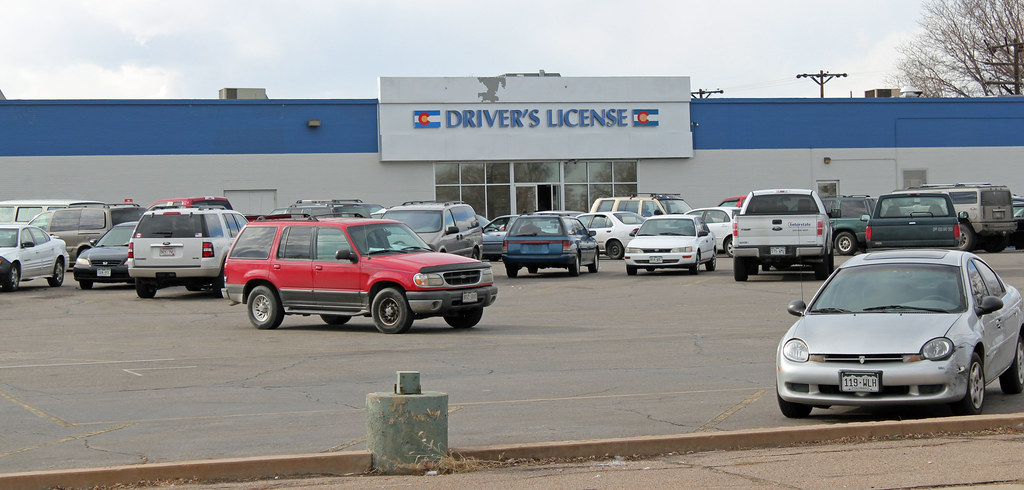
A strong core isn’t just about sculpted abs. It’s essential for overall strength, balance, and injury prevention. Whether you’re lifting weights, running, or simply going about your daily activities, your core plays a crucial role in stabilizing your body. Without a solid core, you’re more prone to back pain, poor posture, and decreased athletic performance. That’s why it’s important to incorporate exercises that target every part of your midsection, including your rectus abdominis (six-pack muscles), obliques (side abs), and deep stabilizing muscles like the transverse abdominis.
The good news is that you don’t need fancy equipment or long, grueling workouts to build a rock-solid core. The key is consistency and choosing movements that activate multiple muscle groups at once. The following exercises are designed to strengthen your core fast, helping you build definition, improve stability, and boost your overall fitness level. Each move focuses on functional strength, meaning you’ll not only see the benefits in the mirror but also feel them in your everyday life.
Perform this routine three to four times per week to see noticeable improvements in core strength and endurance. If you’re short on time, you can also add a few of these exercises to your regular workouts for a quick core boost. No matter your fitness level, these movements will help you build the strength and stability needed to support your entire body. Achieving a strong and stable core is essential for your overall fitness and wellness, and many people assume that equipment is necessary to effectively target their core muscles. But the truth is: That’s not always the case.
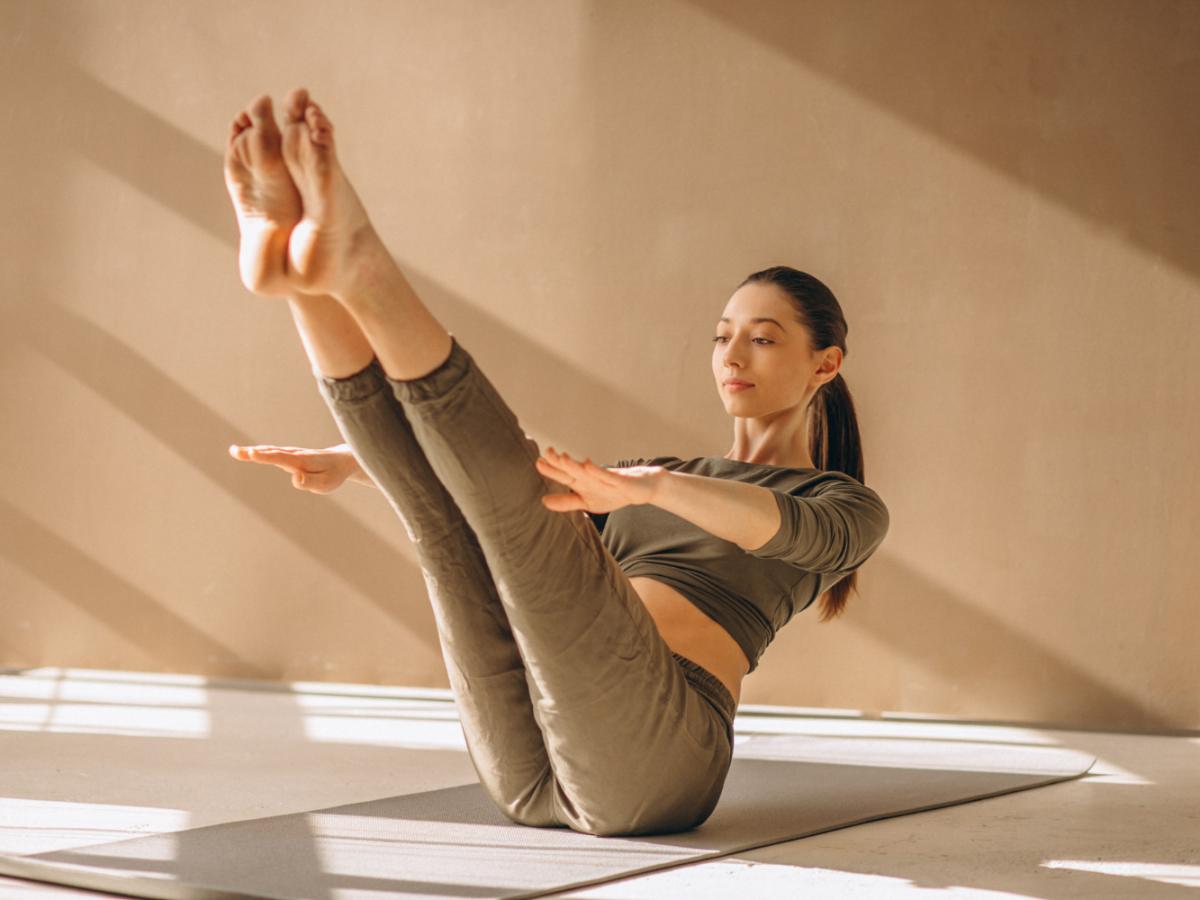
1. Plank Walkouts
Plank walkouts take a traditional plank and add movement, significantly increasing the difficulty by challenging your core’s ability to stabilize as you extend your arms forward. This dynamic exercise not only strengthens the rectus abdominis and obliques but also works the shoulders, chest, and lower back, making it a highly effective full-body movement. It’s a brilliant way to incorporate both static hold strength and dynamic control into your routine.
By focusing on slow, controlled movements, you’ll dramatically improve core endurance and reinforce proper alignment, which helps with everything from weightlifting to daily activities like bending and lifting. This exercise builds functional strength, preparing your body for real-world movements where stability under load is essential. It’s an excellent progression from a static plank, pushing your stability limits.
To perform Plank Walkouts, begin by standing with your feet hip-width apart. Hinge at your hips to reach your hands toward the floor, then slowly walk your hands forward until you’re in a high plank position. Ensure your wrists are directly under your shoulders, and your body forms a straight line. Hold this plank for a second, keeping your abs tight and actively preventing any sagging in the lower back. Then, walk your hands back toward your feet and return to a standing position. Aim for 10 reps, maintaining a slow, steady pace for maximum core engagement and control.
Maintaining a rigid core throughout the entire walkout is paramount. Many individuals tend to let their hips drop or rise too high, which negates the core-strengthening benefits and can strain the lower back. Imagine a straight line from your head to your heels and strive to keep it unbroken as you move. This focus on alignment ensures that the transverse abdominis and deep stabilizing muscles are fully engaged.
This exercise is not just about strength but also about body awareness and control. As you become more proficient, you can increase the challenge by pausing longer in the plank position or slowing down the walking phase even further. Plank walkouts are a versatile addition to any routine, offering a compound movement that targets multiple areas, making your workout more efficient and effective.
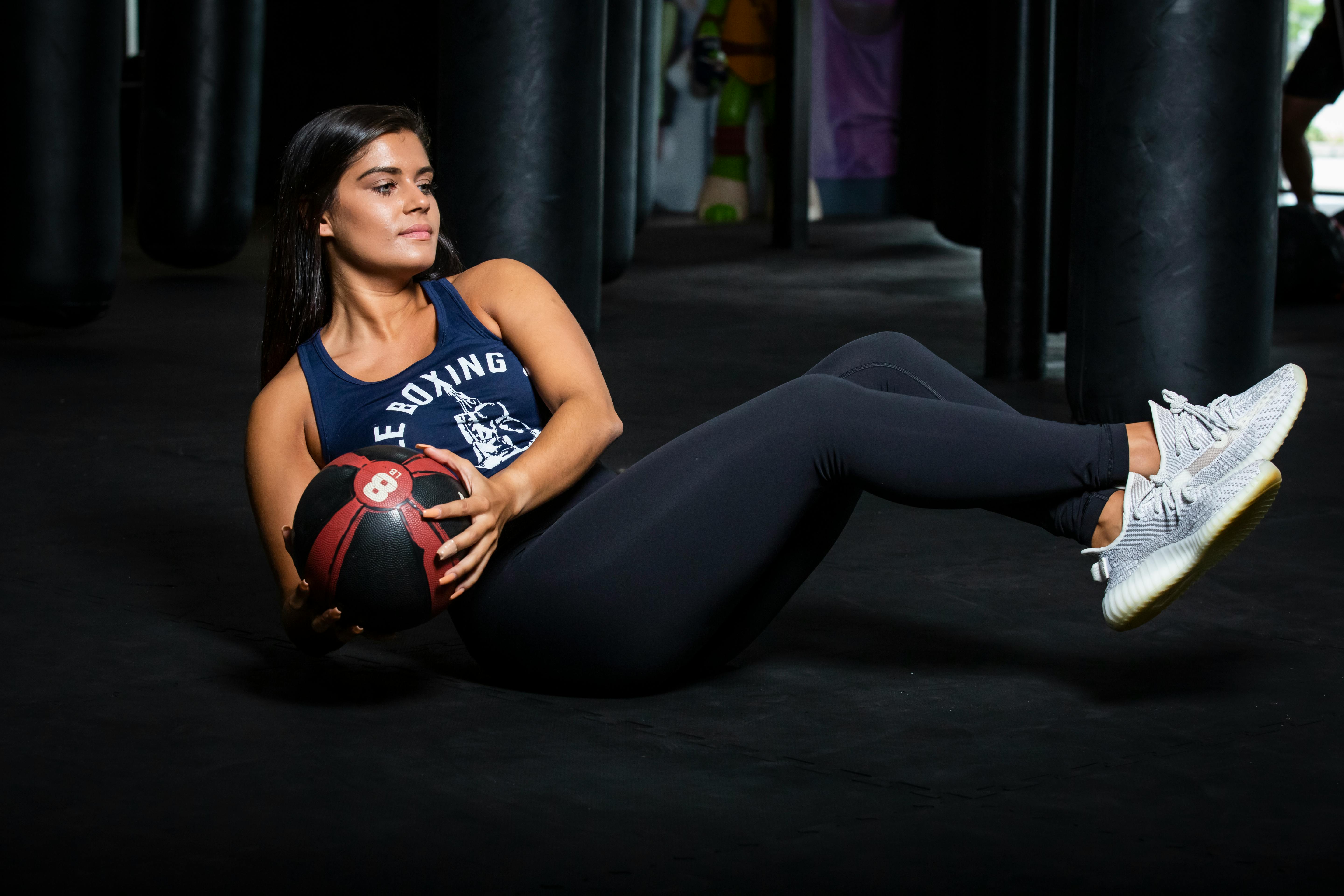
2. Russian Twists
Russian twists are an excellent exercise specifically designed for strengthening the obliques and significantly improving rotational strength. Unlike standard crunches, which primarily target the front of your abdominal muscles, this exercise enhances side-to-side movement, a vital component for numerous sports and functional daily activities. Developing strong obliques helps create a defined waistline and contributes to overall core stability.
While they can be performed with just your body weight, holding a simple household item or a medicine ball can add resistance and further challenge your core, amplifying the benefits. It’s crucial to focus on controlled twisting rather than rushing through the repetitions. Using momentum can reduce effectiveness and potentially place unnecessary strain on the lower back, diminishing the exercise’s primary purpose.
To perform Russian Twists, sit on the floor with your knees bent and your feet slightly lifted off the ground. If lifting your feet is too challenging, keep them flat on the floor for a modified version. Hold a weight or clasp your hands together at chest level. Engage your core, leaning back slightly to feel your abs activate, and rotate your torso to one side, bringing your hands toward the floor beside your hip. Return to the center in a controlled manner, then twist to the opposite side. Aim for 12 reps per side, ensuring the rotation originates from your core muscles rather than relying on momentum from your arms.
This exercise not only strengthens the visible oblique muscles but also engages the deeper core stabilizers. These muscles are key for maintaining balance and preventing injury during movements that involve twisting or turning. Consistent practice of Russian Twists contributes significantly to a defined waistline and overall athletic performance, providing strength for everyday actions like reaching and turning.
Remember, if you feel any strain in your lower back, it’s a sign that your core might not be fully engaged, or you might be leaning back too far. Adjust by sitting more upright or keeping your feet on the floor. The goal is to feel the work in your obliques. Gradually increase the range of motion and speed as your core strength improves, always prioritizing form over the number of repetitions.
Read more about: Mastering Midlife Fitness: The Essential Exercises Men Over 50 Need to Stay Strong, Mobile, and Injury-Free

3. Bicycle Crunches
Bicycle crunches are renowned as one of the most effective abdominal exercises for engaging both the upper and lower core simultaneously, while also powerfully working the obliques. The distinctive twisting motion inherent in this exercise activates multiple muscle groups at once, significantly contributing to overall core strength and improved definition. It’s a comprehensive core workout packed into a single dynamic movement.
Unlike many traditional crunches, this movement requires constant tension on your abdominal muscles, meaning your abs remain engaged throughout the entire exercise, maximizing muscle recruitment and efficiency. This constant engagement builds endurance in addition to strength, which translates directly into better performance in other physical activities and a more stable body for daily tasks.
To execute Bicycle Crunches, begin by lying on your back with your hands gently placed behind your head, elbows wide. Lift your legs into a tabletop position, with your knees bent at a 90-degree angle and feet off the ground. Engage your core, then bring your right elbow toward your left knee while simultaneously extending your right leg straight. Switch sides in a smooth, pedaling motion, bringing your left elbow toward your right knee as your left leg extends. Perform 15 reps per side, moving in a controlled, steady rhythm that emphasizes the twist and extension rather than speed.
The control you maintain during the movement is far more important than the speed at which you perform it. Rushing through bicycle crunches often leads to sacrificing form and can put unnecessary stress on your neck or lower back. Focus on genuinely bringing your elbow towards your opposite knee, ensuring a full and effective contraction of your obliques and rectus abdominis.
Bicycle crunches truly shine in their ability to target the entire core musculature, from the upper rectus abdominis to the lower abs and the internal and external obliques. This comprehensive engagement helps sculpt a strong, functional core that supports dynamic movements and improves overall stability. It’s a foundational exercise for anyone aiming for a well-rounded and resilient midsection.
Read more about: Beyond the Hype: Fitness Trainers Reveal the Secrets to Mark Wahlberg’s Redefined 2025 Workout Schedule
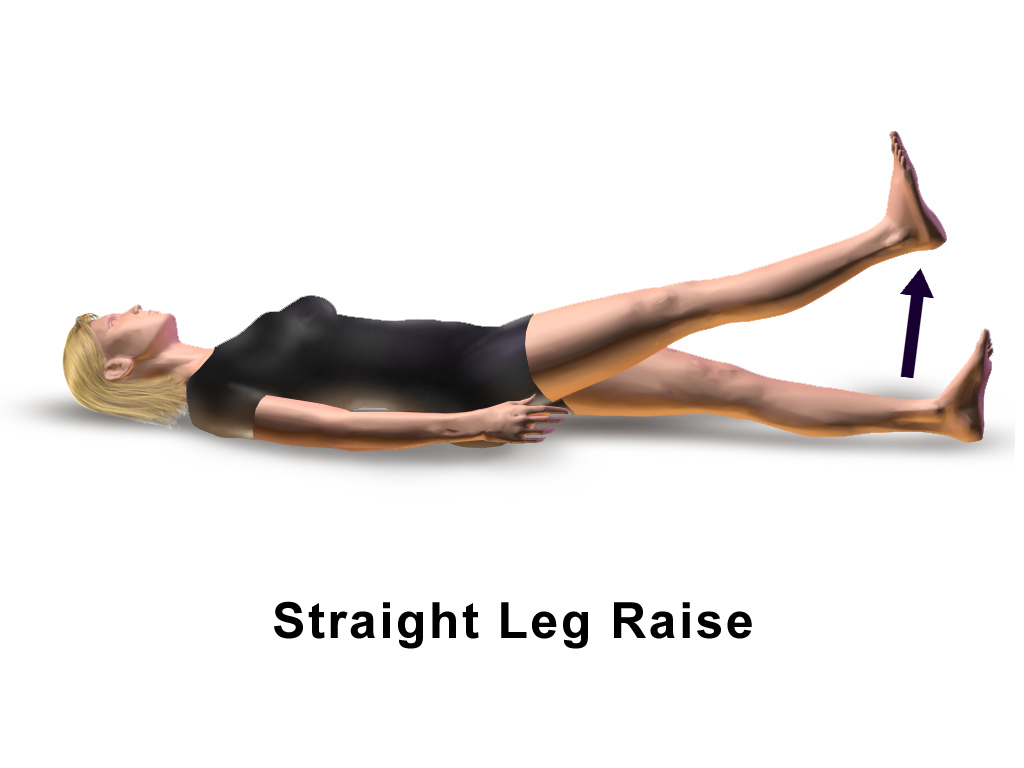
4. Leg Raises
Leg raises are a deceptively simple yet profoundly powerful exercise for effectively targeting the lower abs and significantly improving core control. This movement also inherently strengthens the hip flexors, which are critical for maintaining proper posture and stability in the pelvic region. It’s a straightforward exercise that delivers substantial benefits for foundational core strength without requiring any complex maneuvers or equipment.
When performed correctly, leg raises play a vital role in preventing lower back strain by teaching you to engage your core properly to stabilize the spine. This exercise helps to isolate and strengthen the often-neglected lower abdominal region, contributing to a more balanced and robust core. By focusing on controlled movement, you can ensure that your core, rather than your hip flexors alone, is doing the primary work.
To perform Leg Raises, lie flat on your back with your legs extended straight and your hands by your sides. For added lower back support, you can place your hands under your glutes. Keep your core tightly engaged, pressing your lower back into the floor throughout the movement, as you slowly lift your legs toward the ceiling. The goal is to raise them until your hips lift slightly off the floor, or as high as you can without arching your back. Then, lower your legs back down slowly and with control, stopping just before they touch the floor to maintain tension. Perform 12 reps, focusing intently on slow, controlled movement and avoiding any sudden drops.
A common mistake is allowing the lower back to arch off the floor as the legs descend. This indicates that the core is not adequately engaged, placing undue stress on the lumbar spine. To counteract this, imagine your belly button pulling towards your spine and actively press your lower back into the mat. If maintaining this form is challenging with straight legs, try bending your knees slightly to reduce the leverage and make the movement more manageable.
Leg raises are a fantastic exercise for building progressive core strength. As your strength improves, you can increase the number of repetitions, slow down the eccentric (lowering) phase, or even introduce a slight pause at the bottom before lifting again. This consistent challenge will lead to remarkable improvements in your lower abdominal strength and overall core stability, essential for a balanced and injury-resistant physique.
Read more about: The Unsung Masterpieces: Exploring Iconic Films That Shockingly Missed the Best Picture Oscar
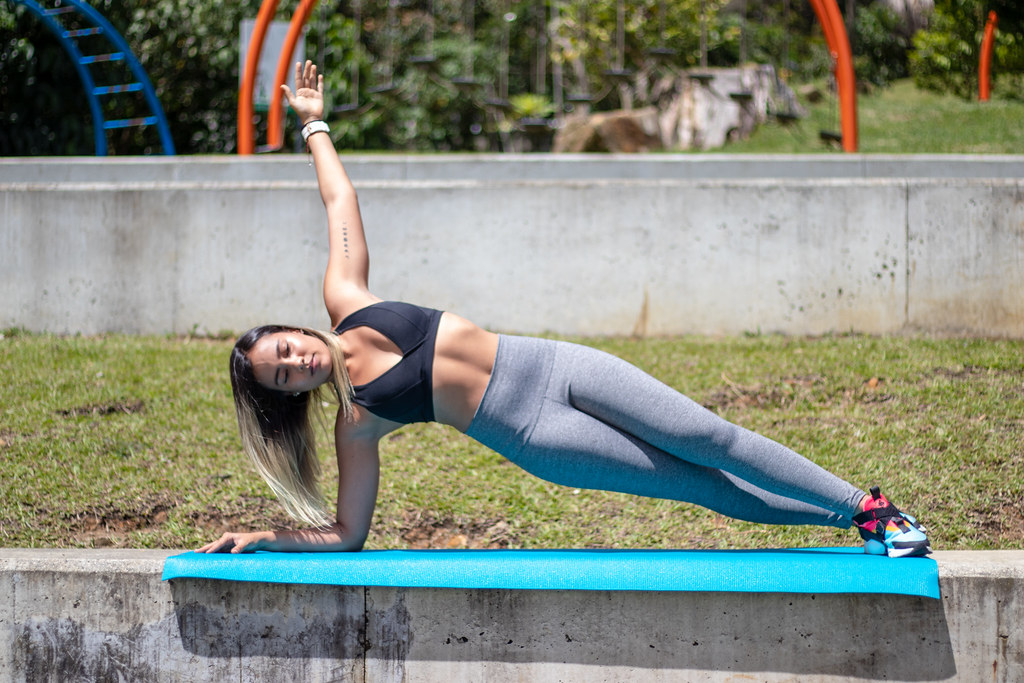
5. Side Planks
Side planks are widely recognized as one of the most effective exercises for significantly improving lateral core stability and profoundly strengthening the obliques. Unlike regular planks, which primarily focus on front-to-back stability, side planks specifically develop strength in the muscles that prevent excessive side bending and rotation. This makes them particularly useful for enhancing posture and substantially reducing the risk of lower back pain, especially for movements that involve unilateral loading.
Beyond the obliques, side planks also engage the transverse abdominis, glutes, and even the shoulder stabilizers, making it a comprehensive exercise for the entire core unit. This isometric hold builds remarkable endurance and static strength, which is vital for maintaining proper alignment during dynamic activities. It teaches your body to resist gravitational pull effectively, enhancing overall body control.
To perform Side Planks, lie on your side with your body in a straight line, placing your elbow directly under your shoulder. Stack your feet on top of each other, or for a slightly easier modification, place the top foot in front of the bottom foot. Engage your core and glutes, then lift your hips off the ground, forming a straight line from your head through your hips to your heels. Ensure your hips do not sag or pike upwards. Hold this position for 30 seconds per side, focusing on keeping your core deeply engaged and breathing steadily throughout the hold. It’s crucial to maintain perfect alignment for maximum benefit.
The integrity of your form is absolutely paramount in the side plank. A common error is allowing the hips to sag towards the floor, which disengages the core and puts stress on the shoulder joint. Actively push through your forearm and outer foot to keep your body lifted and straight. Imagine a strong, rigid board from your head to your feet. This mental cue helps ensure that the correct muscles are firing, maximizing the exercise’s effectiveness for lateral stability.
If holding the full side plank is too challenging initially, a great modification is to start with your knees bent and resting on the floor, lifting only your upper body. As your strength develops, you can progress to stacking your feet and eventually extending the hold duration beyond 30 seconds. This exercise is incredibly adaptable and provides a scalable challenge for individuals at any fitness level, making it a cornerstone for developing a resilient and well-balanced core.
Read more about: Beyond Smoking: Unmasking the Daily Habits That Accelerate Brain Aging, According to Doctors

7. Mountain Climbers
Mountain climbers are a dynamic exercise that skillfully combines core strengthening with robust cardiovascular endurance. This fast-paced movement requires you to drive your knees towards your chest, actively engaging your entire midsection while simultaneously working your shoulders and legs. It’s a fantastic full-body effort that significantly improves agility, stability, and your body’s fat-burning potential.
To effectively perform mountain climbers, begin in a high plank position, ensuring your hands are directly under your shoulders and your body forms a straight line from head to heels. From this stable base, rapidly drive one knee toward your chest, then quickly switch legs, continuing in a running motion. It’s crucial to keep your core tight and maintain a steady pace throughout the exercise.
Consistency in form is paramount to reap the full benefits of mountain climbers. Strive to keep your hips level, avoiding any excessive piking or sagging, as this ensures your core remains the primary focus. This dynamic motion not only builds muscular endurance in your abs but also challenges your coordination and strengthens the supporting muscles in your shoulders and arms, making it a highly efficient exercise for overall fitness.
Moreover, the cardiovascular element of mountain climbers makes them an excellent addition to any routine aimed at boosting heart health and burning calories. By incorporating this exercise, you’re not just sculpting your core; you’re also enhancing your stamina and preparing your body for more demanding physical activities. It’s a versatile move that delivers both strength and cardio benefits without needing a single piece of equipment.
Read more about: Beyond the Crowds: Discovering America’s 14 Most Underrated National Parks for an Unforgettable Adventure
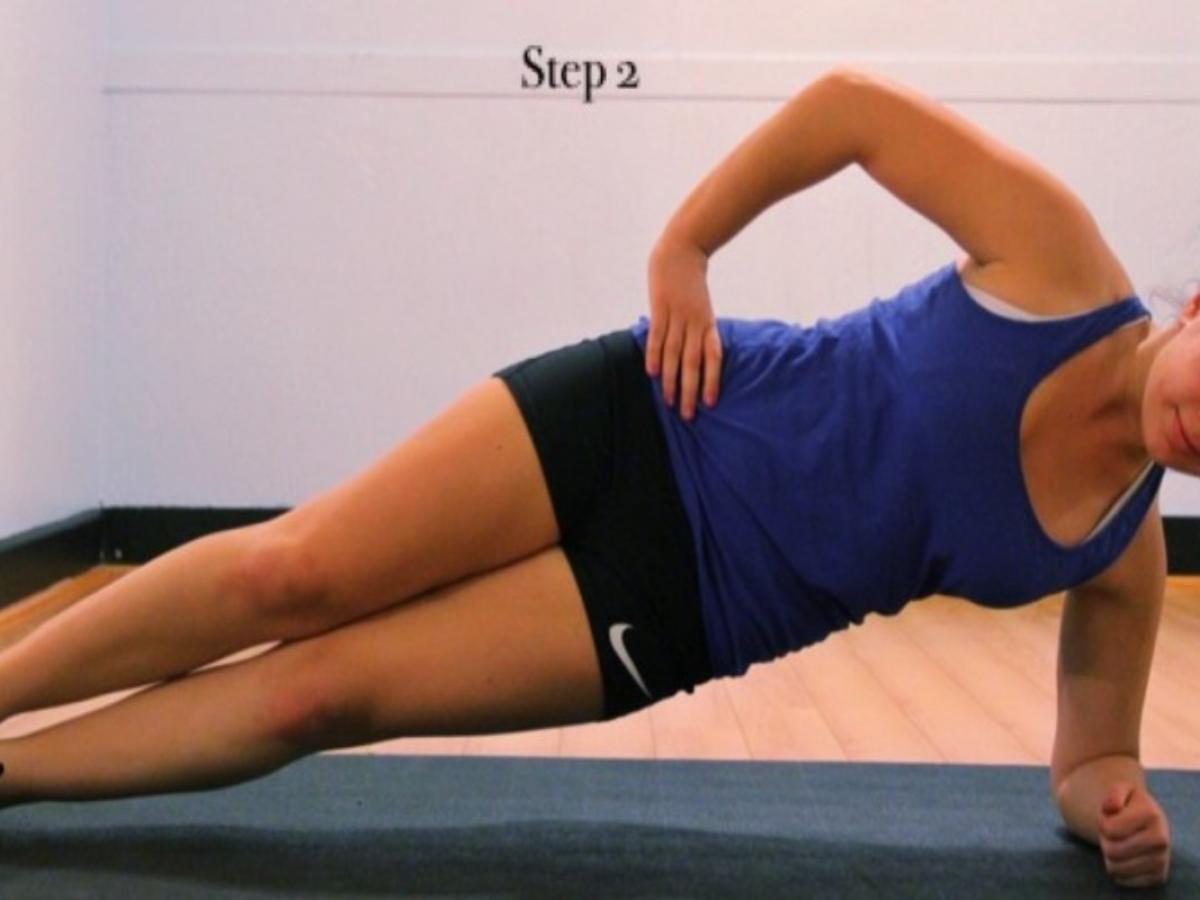
8. Reverse Crunches
Reverse crunches stand out as an excellent exercise for precisely targeting the often-neglected lower abdominal muscles and enhancing overall core control. Unlike traditional crunches that primarily focus on the upper abs, reverse crunches emphasize lifting the hips rather than the shoulders, which profoundly engages the lower region of the rectus abdominis. This makes them particularly effective for building a balanced and strong core.
This movement is also considerably gentler on the neck and lower back compared to some other abdominal exercises, provided it’s performed with correct form. It encourages the engagement of deep core stabilizers, which are crucial for spinal health and preventing discomfort. By learning to lift your hips using your abdominal muscles, you cultivate better control over your pelvic region and reinforce proper movement patterns.
To perform Reverse Crunches, lie flat on your back with your arms by your sides and your knees bent, with your feet flat on the floor or slightly lifted. Engage your core firmly and slowly lift your hips off the ground, bringing your knees towards your chest. The key is to control the movement, avoiding any jerky motions or using momentum from your legs. Slowly lower your hips back down to the starting position, maintaining tension in your lower abs throughout.
Aim for 12 repetitions, concentrating on a smooth, controlled lift and descent. A common error is allowing the legs to swing, which can reduce the exercise’s effectiveness by shifting the work away from your core. Focus on feeling the contraction in your lower abs as you lift, imagining your belly button pulling deeply towards your spine. This mindful approach ensures maximum muscle recruitment and optimal results.
As your strength improves, you can increase the challenge by extending the duration of the hold at the top of the movement or slowing down the lowering phase even further. Reverse crunches are a foundational exercise for anyone looking to strengthen their lower abs, improve core stability, and build a more resilient midsection without needing any special equipment.
Read more about: Unleash Your Ultimate Core: 14 At-Home Ab Exercises That Outperform the Gym
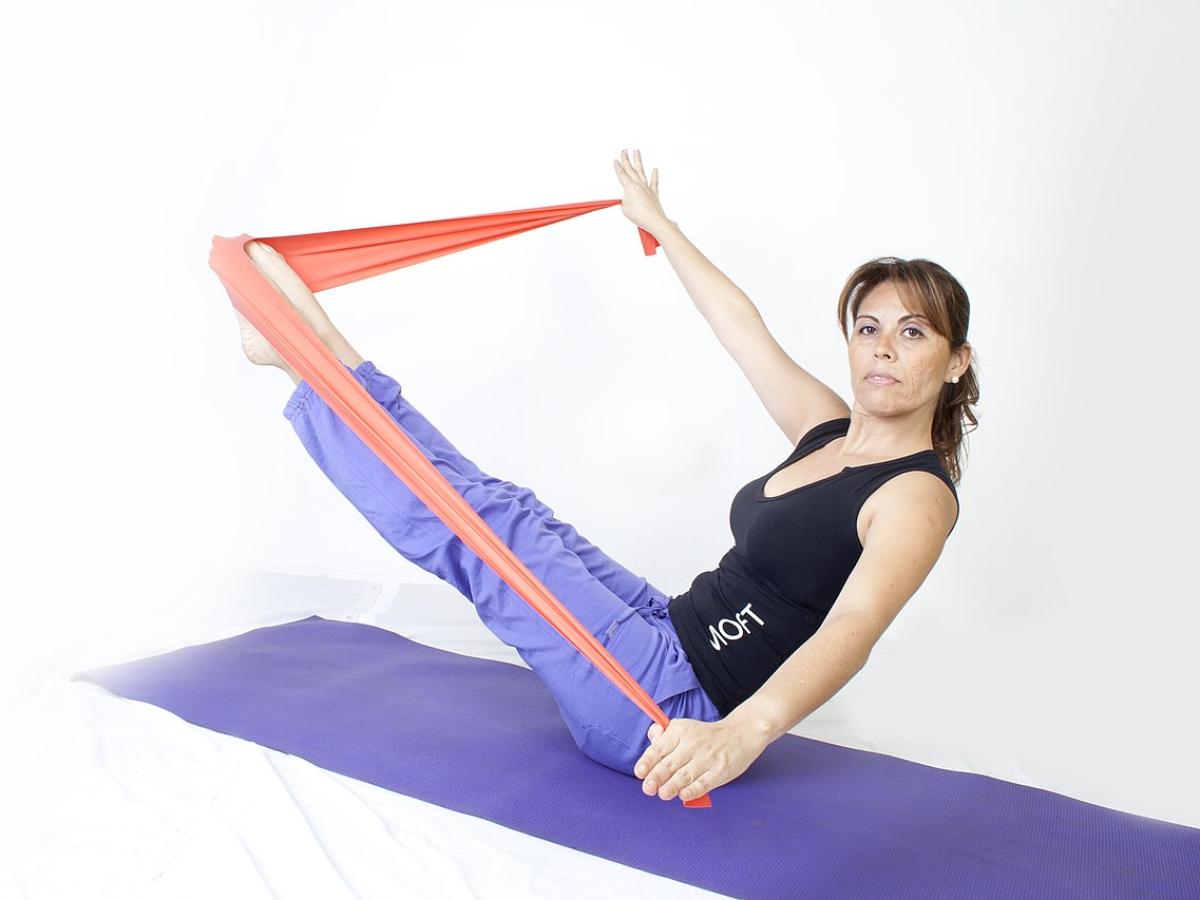
9. Hollow Body Hold
The hollow body hold is a foundational isometric exercise renowned for its ability to profoundly target the entire core musculature, from the deep transverse abdominis to the rectus abdominis and obliques. This static hold builds incredible endurance and static strength, teaching your body to maintain a rigid, stable position under tension. It’s a cornerstone exercise in gymnastics and a powerful tool for developing comprehensive core stability.
This exercise primarily focuses on spinal stability, emphasizing the crucial ability to keep your lower back pressed firmly into the floor. This active engagement prevents arching, which can be a source of discomfort and inefficiency in many other core movements. By mastering the hollow body hold, you significantly improve your body’s capacity to brace and stabilize during dynamic activities, making it an excellent transferrable skill for all physical pursuits.
To perform the Hollow Body Hold, lie on your back with your arms extended overhead and your legs straight. Begin by pressing your lower back firmly into the floor, actively engaging your core muscles. Then, slowly lift your shoulders and your legs a few inches off the ground, maintaining that pressure on your lower back. Your body should form a gentle, banana-like curve.
Crucially, keep your gaze directed towards your feet to avoid straining your neck, ensuring your head is aligned with your spine. Hold this position for as long as you can, focusing intensely on maintaining the engagement of your core and preventing any arching of the lower back. Initially, aim for 30-second holds, gradually increasing the duration as your core endurance improves.
If holding the full hollow body position proves too challenging, a modification involves bending your knees slightly or bringing your arms closer to your sides. The priority is to maintain impeccable form and constant tension in your core, rather than pushing for a longer hold with compromised technique. This exercise is incredibly effective for developing a resilient and stable core, serving as a benchmark for core strength.
Read more about: Electricity Explained: Unpacking the Invisible Force That Shapes Our Modern Lives
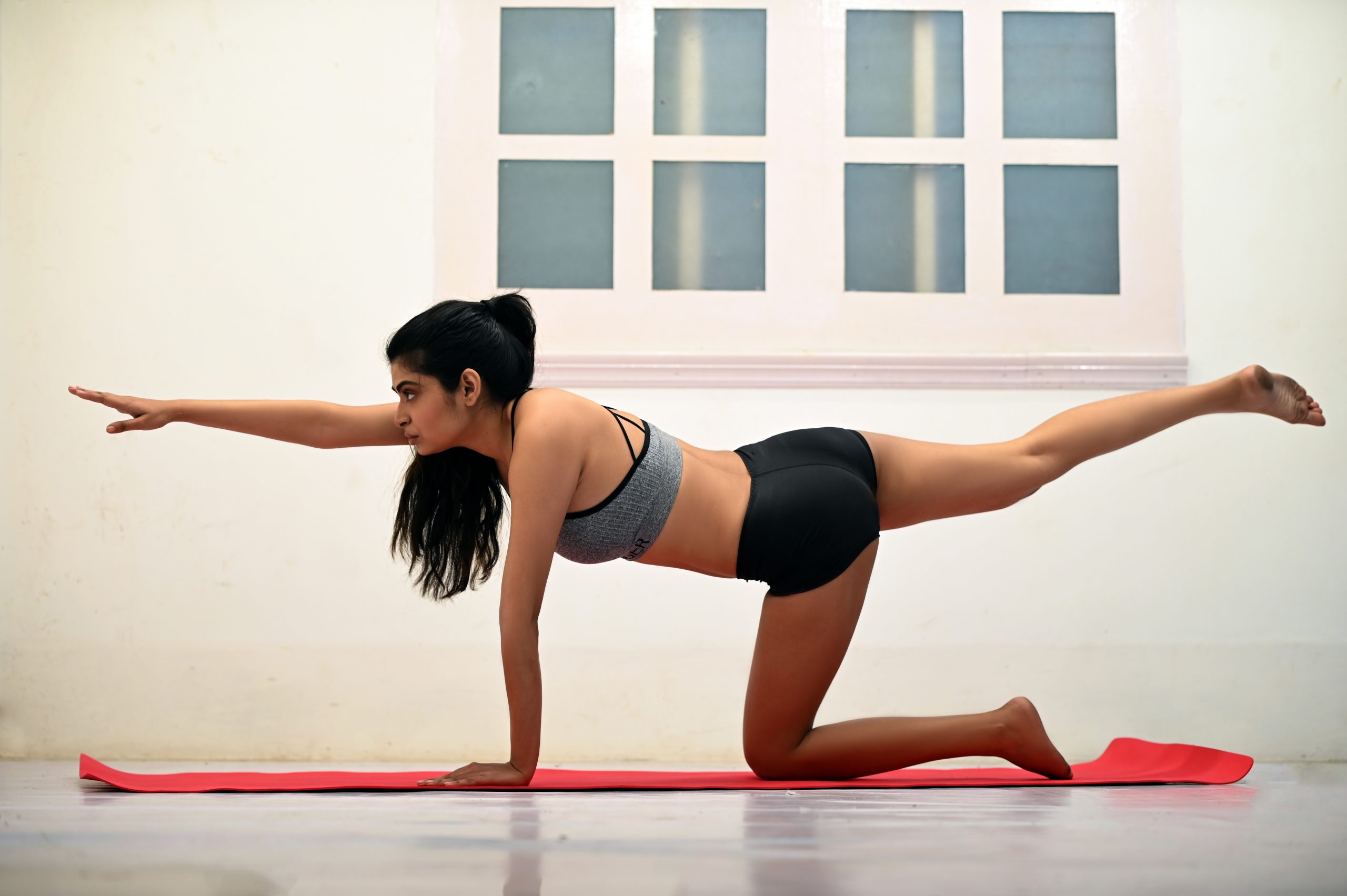
10. Superman Pose
The Superman Pose is an excellent, yet often overlooked, bodyweight exercise specifically designed to strengthen the entire posterior chain, including the lower back, glutes, and hamstrings, while also engaging the core. It serves as a vital counterbalance to many common abdominal exercises, promoting a more balanced and functional core unit. This movement is particularly effective in improving posture and alleviating lower back pain.
By simultaneously lifting your arms and legs off the ground, the Superman Pose encourages active engagement of the erector spinae muscles along your spine, which are crucial for maintaining an upright posture and resisting the forces of gravity. This exercise builds endurance in these supporting muscles, contributing to better spinal health and overall bodily stability.
To perform the Superman Pose, lie flat on your stomach with your arms extended straight in front of you and your legs straight behind you. Ensure your head is in a neutral position, looking down at the floor to avoid straining your neck. Engage your core and glutes, then simultaneously lift your arms, chest, and legs a few inches off the ground.
As you lift, focus on squeezing your glutes and feeling the activation in your lower back. Hold this peak position for a count of 2-3 seconds, then slowly and with control lower your arms and legs back to the starting position. Aim for 3 sets, holding each lift for 30 seconds. The emphasis should always be on controlled movement and muscle contraction rather than height.
This exercise is particularly beneficial for individuals who spend a lot of time sitting, as it helps to counteract the effects of a sedentary lifestyle by strengthening the muscles responsible for extension and anti-flexion. Consistent practice of the Superman Pose can lead to significant improvements in core stability, reduced back discomfort, and a more robust and resilient physique, empowering you in daily activities and other fitness pursuits.
Read more about: 13 Action Films That Crumbled at the Finish Line: When Great Stories Get Betrayed by Their Endings
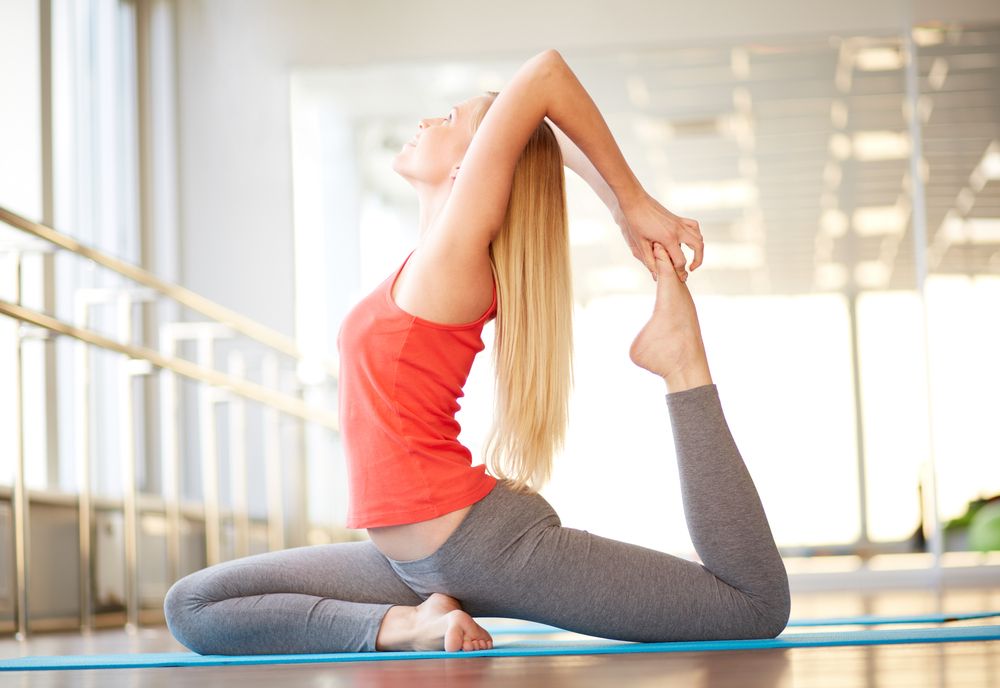
11. Integrating Core Exercises into Your Routine
Building a strong core isn’t just about knowing the exercises; it’s about consistently integrating them into a well-structured routine that adapts to your fitness level. Experts recommend performing core workouts three to five times a week for optimal results, emphasizing that consistency is the undeniable key to building lasting strength and endurance. A structured routine ensures progressive overload, preventing plateaus and continuously challenging your muscles.
For beginners, a manageable routine might involve exercises like a 30-second Plank, 12 Bicycle Crunches per side, 12 Leg Raises, and 15 Russian Twists per side. Performing 2-3 rounds with 30 seconds rest between exercises provides an excellent foundation. This approach allows your body to adapt gradually, building strength without overwhelming your muscles or risking improper form.
As you progress to an intermediate level, you can increase the duration of holds and the number of repetitions. An intermediate routine could feature a 45-second Plank, 15 Bicycle Crunches, 15 Leg Raises, 12 Dead Bug reps per side, 15 Reverse Crunches, and 20 Russian Twists, completing 3-4 rounds. This progression introduces more complex movements and extends time under tension, further enhancing core stability and endurance.
Advanced individuals can truly challenge their core by pushing durations and rep counts even higher. A demanding advanced routine might include a 60-second Plank, 20 Bicycle Crunches, 20 Leg Raises, a 30-second Superman Pose, 20 Reverse Crunches, and 25 Russian Twists, repeated for 4-5 rounds. The flexibility of these bodyweight exercises means you can always find ways to increase intensity, whether by extending hold times, increasing reps, or shortening rest periods.
Remember to listen to your body and prioritize proper form over speed or quantity. While the routine suggests specific rest times like 30 seconds between movements and 60 seconds between rounds, these can be adjusted based on your recovery needs and fitness goals. The ultimate aim is to create a sustainable habit that leads to a stronger, more stable core, improving every aspect of your physical well-being.
Read more about: Mastering Midlife Fitness: The Essential Exercises Men Over 50 Need to Stay Strong, Mobile, and Injury-Free
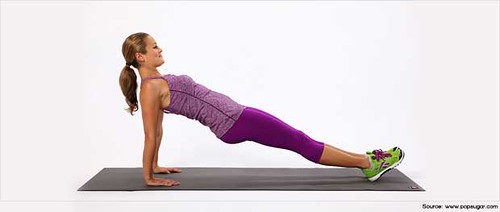
12. Real Stories of Core Strength Transformation
The true power of these no-equipment core workouts is best illustrated through the inspiring journeys of individuals who have transformed their lives by embracing them. These aren’t just theoretical benefits; they are tangible results experienced by everyday people, demonstrating that dedication to simple, consistent bodyweight exercises can yield profound improvements in health and fitness.
Consider James, a 42-year-old office worker who battled chronic back pain. By committing to a mere 15-minute daily core workout, he experienced a remarkable recovery, regaining flexibility, significantly reducing his pain, and dramatically improving his posture. His story is a testament to how targeted core work can provide a new lease on life, enabling individuals to confidently enjoy an active lifestyle once again.
Then there’s Lisa, a 35-year-old stay-at-home mom who struggled with finding time for fitness. She carved out just 20 minutes each morning for core exercises and, within three months, not only strengthened her abs but also boosted her energy levels and shed 10 pounds. Lisa’s journey highlights that even the busiest schedules can accommodate effective workouts, proving that time constraints are no match for determination.
Carlos, at 29, faced challenges with obesity and low self-esteem. His determination to change led him to adopt core-strengthening bodyweight exercises at home. In a remarkable six months, he lost 50 pounds and gained immense confidence, powerfully demonstrating that significant fitness achievements are entirely possible without a gym membership or expensive equipment.
Finally, Nina, a 47-year-old recovering from a knee injury, needed a safe path to stay fit. She thoughtfully incorporated gentle core exercises like the Dead Bug and Reverse Crunches into her routine. These movements were instrumental in helping her regain strength and mobility, while crucially preventing further injury. Mark, staying strong at 50, further exemplifies the power of consistency, preventing age-related weakness through daily planks and Russian Twists. These stories collectively underscore the universal accessibility and life-changing potential of no-equipment core training.
Read more about: Beyond the Page: 14 Profound Aspects of Toni Morrison’s ‘Beloved’ That Still Resonate Today
The profound impact these simple, accessible exercises have had on people like James, Lisa, Carlos, Nina, and Mark offers compelling evidence that you don’t need much to strengthen your core. All it truly takes is appropriate exercises, a regular training program, and consistent practice. Whether you’re a fitness novice or an experienced enthusiast, continuity truly is the golden rule, enabling you to build a stronger core anytime, anywhere, and transform your overall well-being. So, what are you waiting for? Start your journey to a stronger, more stable core at home today!


